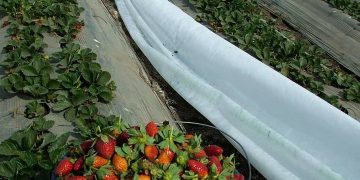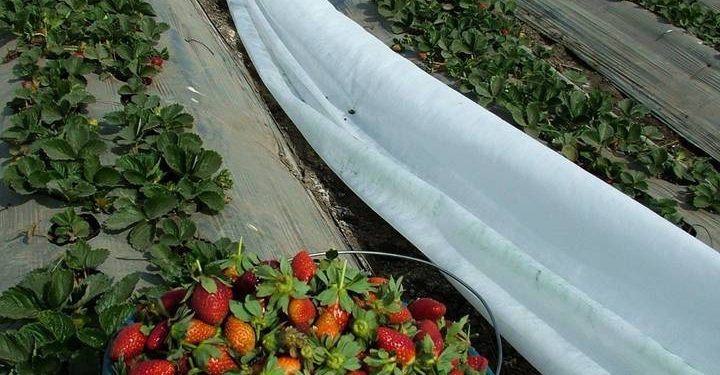There’s a disturbing reality behind strawberry farming: for every kilogram of strawberries produced, a staggering 192 liters of water are invested. While the appeal of these colorful berries is undeniable, their cultivation poses serious problems for both the environment and society.
The picturesque strawberry fields that grace many landscapes belie a less savory truth: the hidden cost of water consumption. According to José Luis Sefu Luján, a researcher at the College of Michoacán (COLMICH), producing one kilogram of strawberries requires a huge investment of 192 liters of water. These statistics, while alarming, highlight the profound impact agriculture has on water resources.
Contrary to popular belief, the water used in strawberry cultivation is not only used for irrigation. Despite claims of precise, high-tech irrigation methods, additional water is often required, resulting in significant water consumption for strawberries. As Sefuo Lujan aptly puts it, exporting strawberries is equivalent to exporting water, since approximately 70 to 80 percent of the fruit’s mass is water.
Moreover, the quality and reliability of water allocated to agriculture contrasts sharply with the realities faced by local communities. While crops require abundant and high-quality supplies of water, nearby communities such as Zamora face water shortages, often tainted by odors, flavors and organic matter.
A study of statistics provided by the Sistema de Información Agroalimentaria y Pesquera (SIAP) shows the extent of strawberry cultivation in Zamora. With over 2,000 hectares of land devoted to strawberries, the municipality produces an impressive annual harvest of over 100,000 tons. However, the sustainability of such operations is being called into question by the looming water crisis.
Despite a national moratorium on new drilling, many loopholes exist that allow powerful stakeholders to circumvent regulations and exploit water resources with impunity. Cefuo Lujan highlights the inadequacy of local regulatory bodies such as the National Water Commission (CONAGUA) in monitoring and enforcing water restrictions.
The consequences of this unsustainable exploitation are dire: future generations risk inheriting depleted water supplies and damaged ecosystems. As Cefuo Lujan warns, insatiable demand for water-intensive crops will inevitably lead to geographical shifts in cultivation, exacerbating water shortages and environmental degradation.
Growing strawberries reveals the complex interplay between agricultural practices, environmental sustainability and social well-being. By quantifying the water footprint of strawberries, we reveal the hidden costs of our food choices and highlight the urgent need for sustainable farming practices. Only by working together to prioritize water management and environmental sustainability can we preserve our precious resources for future generations.































